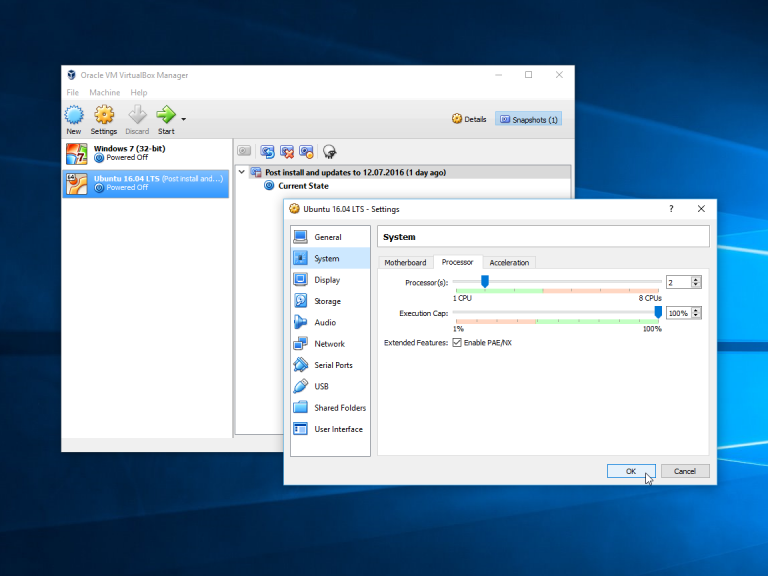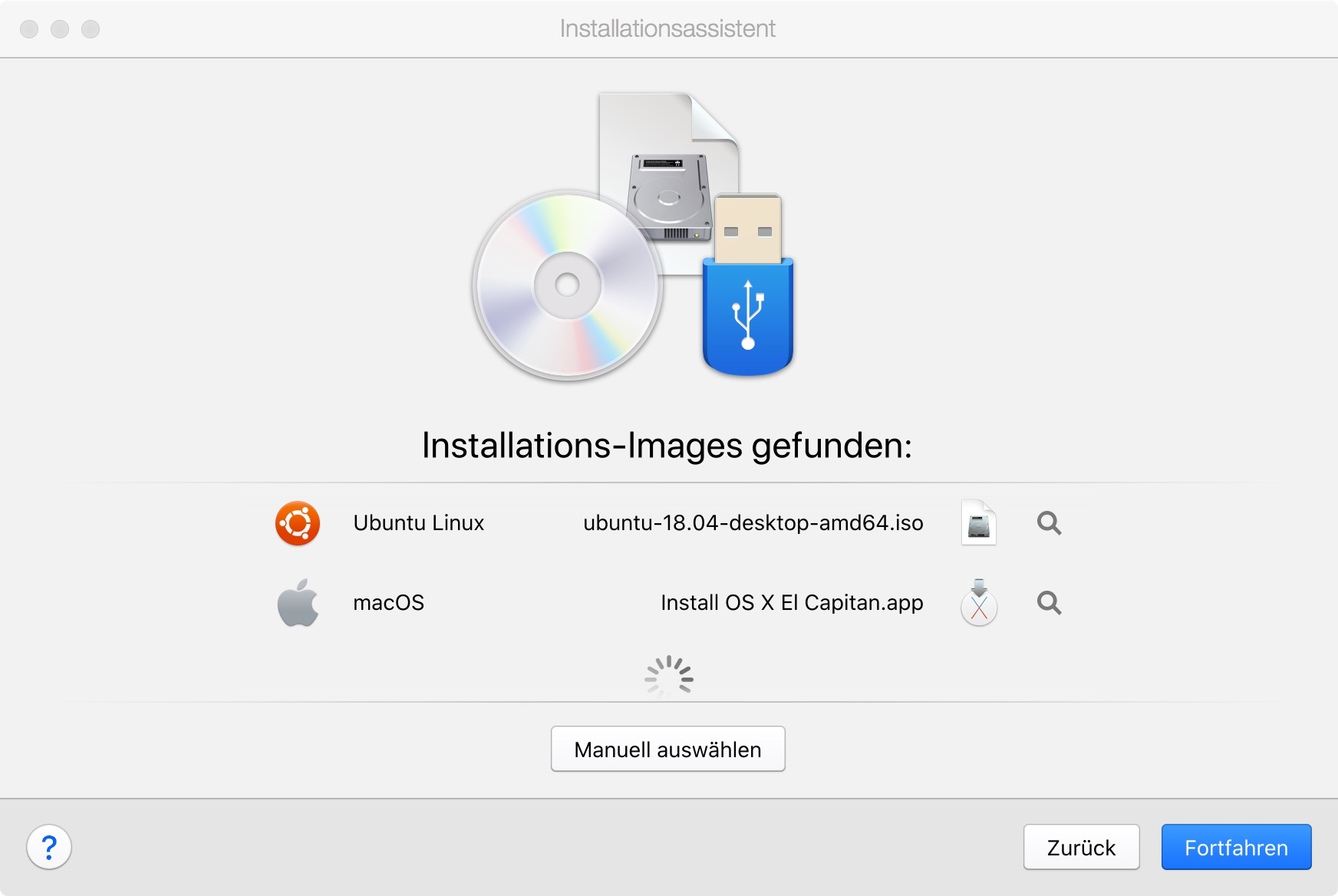

- #How to run linux on a mac with virtual machine how to#
- #How to run linux on a mac with virtual machine mac os#
- #How to run linux on a mac with virtual machine install#
Install the Debian Linux operating system on the virtual machine. Boot the virtual machine from the DVD image we downloaded. Create a virtual machine using the VirtualBox application. A summary of the procedures is listed below: Click here to learn more about Parallels Desktop.In this article, we will review the procedures required to install Debian Linux in a virtual machine managed by the VirtualBox application. The fastest way to install Linux on Mac is through the use of reliable virtual desktop software, such as Parallels. #How to run linux on a mac with virtual machine mac os#
If you want to have the best of both Mac OS and Linux on your MacBook, you will have to install and run Linux on your Mac. Choose Linux OS from the menu to start using it. When the process is over, restart your Mac, and hold down the Option key. You will need a USB mouse and keyboard because Linux may not recognize the drivers on your MacBook. This is because you will need to create a bootable Linux USB drive, which you will then plug into your Mac to initiate the installation process. The process will be longer and more complicated if you have no virtual desktop, such as Parallels Desktop.
Once downloaded, you can install and begin running Linux on your Mac. 

Choose your preferred Linux distribution and download it.Download a set of Linux virtual machines from the main installation Assistant Menu.
#How to run linux on a mac with virtual machine how to#
Here is how to install Linux on Mac using the Parallels Desktop software: If you aren't a tech geek, or aren't good at hacking, you will need the assistance of reliable and efficient software, such as Parallels Desktop. It's possible to get the best of both Mac OS and Linux, but you need to learn how to install Linux on Mac. You can edit or change code to have it exactly as you wish.

This is because, unlike Windows and Mac OS, Linux is open-source.
Easy customization: Because of its flexibility, Linux allows the kind of customization you will never find on Mac OS or Windows. This means that you will never have to worry about viruses finding their way into its shell and crashing the system, as is often the case for other operating systems, especially Windows. Better security: One thing about the Linux software is that it has no room for malware. It makes things a bit easier for you since all you need is a single device. The solution is to install Linux on Mac, and run it alongside macOS X. Have everything on one laptop: You want to utilize the power of two operating systems, but don't want to spend extra cash on a separate device. You want to find out if it may perform any better on a Mac, or whether it would open up a new world of possibilities to you. To satisfy your curiosity: Out of curiosity, you may want to find out what would happen if you had Linux running alongside your most recent version of macOS. Here are some reasons you might want to install Linux on your Mac: You may find that you need to install and run Linux on Mac. Some applications provide better results if rendered from another operating system, such as Linux. MacOS may be one of the most innovative operating systems, coupled with premium hardware and specs, but it may not be perfect for some of your needs. Why you might want to install Linux on your Mac








 0 kommentar(er)
0 kommentar(er)
